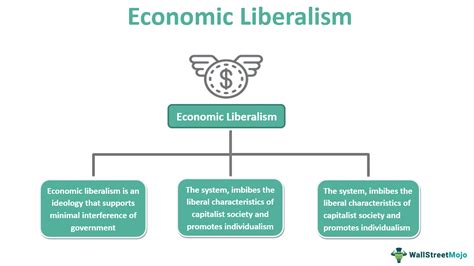The P2WSH Paradox: Is There an Economic Incentive to Use P2WSH over P2TR?
In the world of cryptocurrency, two popular alternatives to Bitcoin’s traditional proof-of-work (PoW) consensus algorithm are Proof-of-Stake (PoS) and Proof-of-Work with Hashing (P2SH). While both protocols have their advantages and disadvantages, one question has long been debated among enthusiasts: is there an economic incentive to switch from P2TPH to P2WSH?
The Basics
Before delving into the economics of P2WSH vs. P2TR, let’s quickly review what each protocol entails. P2TPH (Proof-of-Traffic Hash) and P2TR (Proof-of-Tracing Reward) are both based on a similar consensus algorithm, but with some key differences.
- P2TPH uses the Merkle tree proof of stake to validate transactions, making it more energy-efficient than traditional PoW.
- P2TR, on the other hand, uses a combination of hashing and tracing rewards to incentivize validators to secure the network.
Taproot: A Paradigm Shift
In 2018, Bitcoin introduced Taproot, a significant upgrade that revolutionized the protocol’s architecture. Taproot replaced the traditional Merkle tree proof of stake with a new consensus algorithm called SPHINCS (Spurious Including Hash). This change brought several benefits to the network.
- One of the most significant advantages is improved energy efficiency: Taproot is expected to consume significantly less energy than traditional PoW, making it more environmentally friendly.
- Taproot also introduces a more secure and scalable solution for transaction validation, reducing the risk of 51% attacks.
P2WSH vs. P2TR: The Paradox
Now that we’ve covered the basics and the benefits of Taproot, let’s examine why some users might choose to use P2WSH over P2TR:
- Increased security

: P2WSH is considered more secure than P2TR due to its ability to reduce the number of transactions required to secure the network.
- Improved scalability: While still not as scalable as PoW-based systems, P2WSH offers a potential solution for high-bandwidth networks.
However, there are several reasons why users might prefer P2TPH over P2WSH:
- Energy efficiency: As mentioned earlier, Taproot is expected to be more energy-efficient than traditional PoW. This makes P2TPH a more environmentally friendly option.
- Lower transaction fees: Due to the improved scalability and security of P2TPH, some users may find that they can receive lower transaction fees compared to P2WSH.
Economic Incentive: A Critical Consideration
So, is there an economic incentive to use P2WSH over P2TR? The answer lies in the complex interplay between energy efficiency, scalability, security, and user experience. While Taproot offers several advantages, it’s essential to consider the potential costs of implementation, maintenance, and testing.
In contrast, P2TPH has a more established track record, with a larger developer community and a greater understanding of its strengths and limitations.
Conclusion
The choice between P2WSH and P2TR ultimately depends on your individual needs, priorities, and goals. If you’re concerned about energy efficiency, scalability, and security, Taproot may be the better option. However, if you prioritize lower transaction fees or a more user-friendly experience, P2TPH might still be the way to go.
Before making a decision, consider the following:
- The cost of implementation: P2WSH requires a significant amount of computational power, which can drive up costs.
- Maintenance and testing: Both protocols require regular maintenance and testing to ensure stability and security.
- Community support: Taproot has a more established developer community, while P2TPH is still in its early stages.

